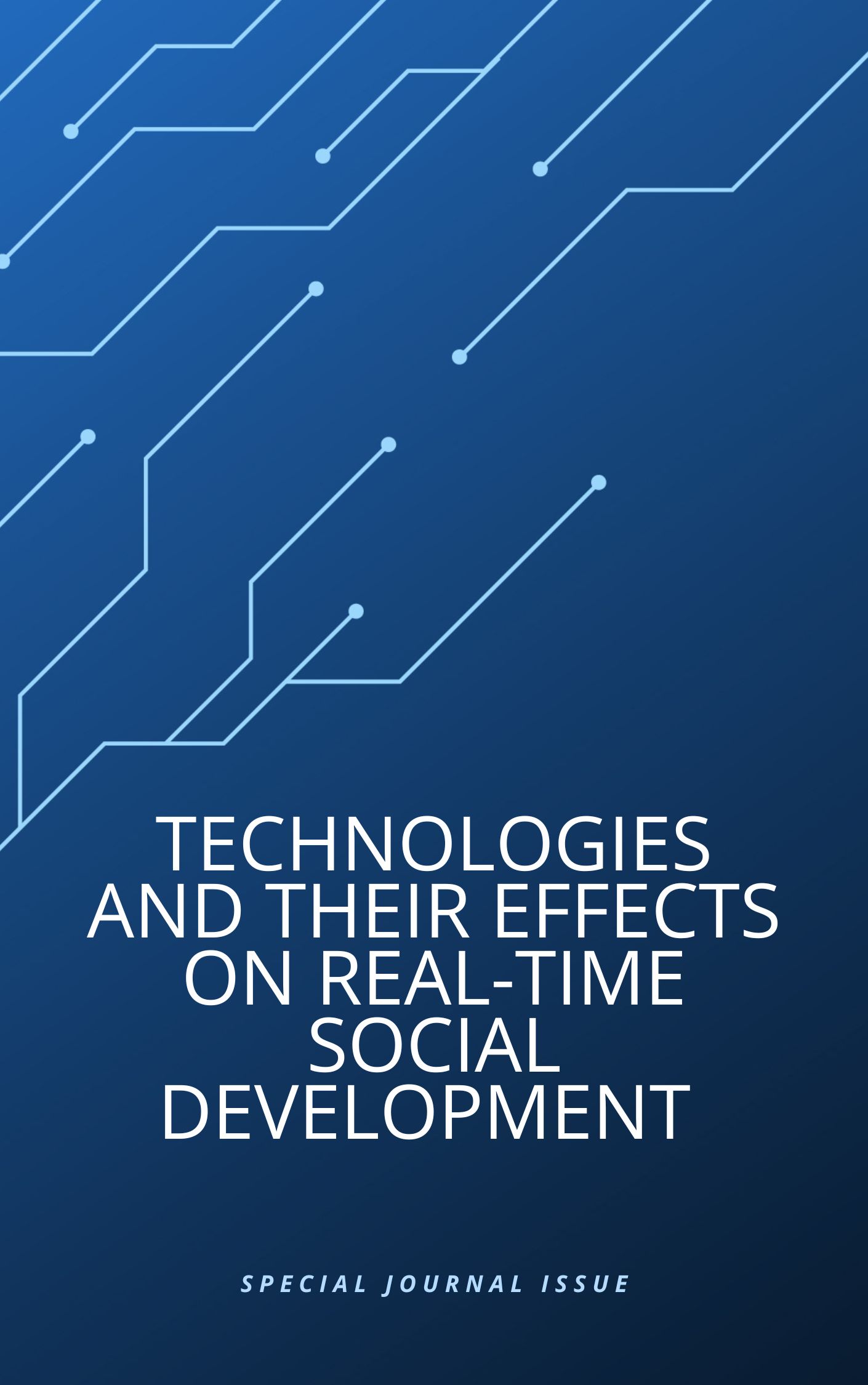Financial Market Volatility Time Series Prediction and Volatility Adjustment Algorithm
Main Article Content
Abstract
Article Details

This work is licensed under a Creative Commons Attribution-NonCommercial 4.0 International License.
References
Gajamannage, K., Park, Y., & Jayathilake, D. I. (2023). Real-time forecasting of time series in financial markets using sequentially trained dual-LSTMs. Expert Systems with Applications, 223, 119879.
Arashi, M., & Rounaghi, M. M. (2022). Analysis of market efficiency and fractal feature of NASDAQ stock exchange: Time series modeling and forecasting of stock index using ARMA-GARCH model. Future Business Journal, 8(1), 14.
Arashi, M., & Rounaghi, M. M. (2022). Analysis of market efficiency and fractal feature of NASDAQ stock exchange: Time series modeling and forecasting of stock index using ARMA-GARCH model. Future Business Journal, 8(1), 14.
Venkateswarlu Chandu, Archi Agarwal, Tummala Likhitha, Bindu sri Datla, & Rubi Shagufta. (2024). Prediction Arima Model-based Investor’s Perception On Stock Market Apps. Journal of Computer Allied Intelligence, 2(5).
Lin, Y., Lin, Z., Liao, Y., Li, Y., Xu, J., & Yan, Y. (2022). Forecasting the realized volatility of stock price index: A hybrid model integrating CEEMDAN and LSTM. Expert Systems with Applications, 206, 117736.
Yao, T., & Liu, X. (2022). Financial time series forecasting: A combinatorial forecasting model based on STOA optimizing VMD. International Journal on Artificial Intelligence Tools, 31(08), 2250042
Wang, W., & Wu, Y. (2023). Risk analysis of the Chinese financial market with the application of a novel hybrid volatility prediction model. Mathematics, 11(18), 3937.
Dalal, A. A., AlRassas, A. M., Al-qaness, M. A., Cai, Z., Aseeri, A. O., Abd Elaziz, M., & Ewees, A. A. (2023). TLIA: Time-series forecasting model using long short-term memory integrated with artificial neural networks for volatile energy markets. Applied Energy, 343, 121230.
Venkateswarlu Chandu, Molakalapalli Chandana, Tamma manjunatha anudeep, Kandula Venkata Samba Siva Rao, & Tadisetty Vishnu. (2024). Intelligent Designed Assistance Model to Evaluate the Role of Social Media Marketing in Promoting Investment in Mutual Funds in India. Journal of Computer Allied Intelligence, 2(6), 51-64.
Fatima, S., & Uddin, M. (2022). On the forecasting of multivariate financial time series using hybridization of DCC-GARCH model and multivariate ANNs. Neural Computing and Applications, 34(24), 21911-21925.
Liu, M., Choo, W. C., Lee, C. C., & Lee, C. C. (2023). Trading volume and realized volatility forecasting: Evidence from the China stock market. Journal of Forecasting, 42(1), 76-100.
Ali, M., Khan, D. M., Alshanbari, H. M., & El-Bagoury, A. A. A. H. (2023). Prediction of complex stock market data using an improved hybrid emd-lstm model. Applied Sciences, 13(3), 1429.
Petrozziello, A., Troiano, L., Serra, A., Jordanov, I., Storti, G., Tagliaferri, R., & La Rocca, M. (2022). Deep learning for volatility forecasting in asset management. Soft Computing, 26(17), 8553-8574.
Prasanna Kumar, Bomma Durga Nagesh Sri Gupta, Narendra Reddy Chintalacheruvu, Seelam Rama haritha, & Tadikonda Deekshita. (2024). Impact of Interest Rates on the Stock Market with Smart City Environment. Journal of Sensors, IoT & Health Sciences, 2(4), 29-39.
Lv, P., Wu, Q., Xu, J., & Shu, Y. (2022). Stock index prediction based on time series decomposition and hybrid model. Entropy, 24(2), 146.
Liang, C., Wei, Y., Lei, L., & Ma, F. (2022). Global equity market volatility forecasting: new evidence. International Journal of Finance & Economics, 27(1), 594-609.
Liang, M., Wu, S., Wang, X., & Chen, Q. (2022). A stock time series forecasting approach incorporating candlestick patterns and sequence similarity. Expert Systems with Applications, 205, 117595.
Chou, J. S., Nguyen, N. M., & Chang, C. P. (2022). Intelligent candlestick forecast system for financial time-series analysis using metaheuristics-optimized multi-output machine learning. Applied Soft Computing, 130, 109642.
Fang, Z., Ma, X., Pan, H., Yang, G., & Arce, G. R. (2023). Movement forecasting of financial time series based on adaptive LSTM-BN network. Expert Systems with Applications, 213, 119207.
Yang, Y., & Ma, X. (2022). Support Vector Machine and Granular Computing Based Time Series Volatility Prediction. Journal of Robotics, 2022.
Al-Nefaie, A. H., & Aldhyani, T. H. (2022). Predicting close price in emerging Saudi Stock Exchange: time series models. Electronics, 11(21), 3443.
Karasu, S., & Altan, A. (2022). Crude oil time series prediction model based on LSTM network with chaotic Henry gas solubility optimization. Energy, 242, 122964.
Naimoli, A., Gerlach, R., & Storti, G. (2022). Improving the accuracy of tail risk forecasting models by combining several realized volatility estimators. Economic Modelling, 107, 105701.
Sako, K., Mpinda, B. N., & Rodrigues, P. C. (2022). Neural networks for financial time series forecasting. Entropy, 24(5), 657.
